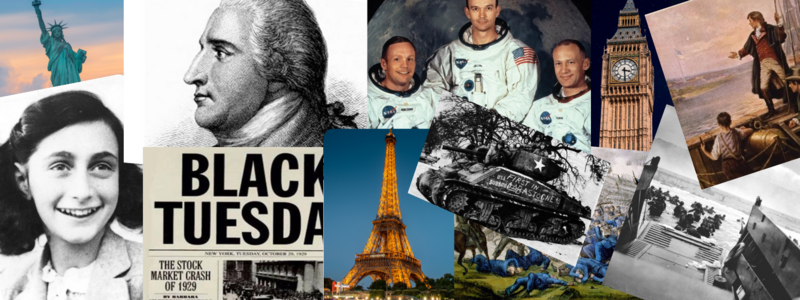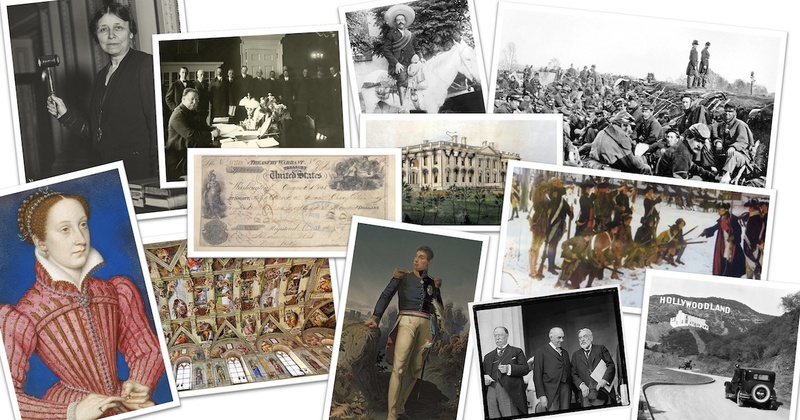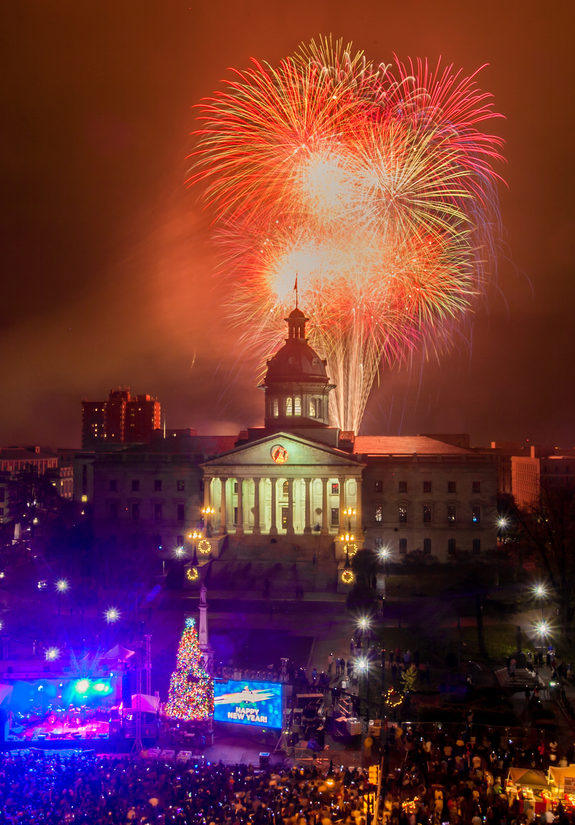Meeting with the USS Constitution Museum and the Bostonian Society
Meetings this week with Jodie and Samantha at two of New England’s leading historical institutions provided more ideas for the way in which The History List can help increase awareness of their institutions and activities.

Jodie at the USS Constitution Museum pointed to the 33rd annual USS Constitution Model Shipwright Guild’s Ship Model Show, going on now, as the kind of special event that would attract people from outside the area if they were aware of it. As we’ve heard at every institution, one of the biggest challenges is reaching beyond their existing base and e-mail list.
The other challenge they face, and one similar to what the Bostonian Society faces with the Old State House, which they operate, is helping those very nearby who are looking for an enriching experience understand why they should visit the USS Constitution Museum in addition to the USS Constitution itself, or the Old State House in addition to the many stops along the Freedom Trail.
The History List provides these organizations with nearly unlimited space to describe their institution, exhibits, and events in words and pictures. in addition, the design of The History List ensures that all of the events an institution enters show up as individual items based on date and time, and are also listed with the institution on their page automatically.
Our meetings also touched on another challenge they and several other historic buildings in Boston and elsewhere face: Visitors questioning why they’re being asked to pay an admission fee, assuming that that their tax dollars, in the form of funding from the National Park Service, are already going to support their operations.
This isn’t the case. Each is a private non-profit organization. The USS Constitution Museum, which opened in 1976, is the work of a foundation formed in 1972 to tell the full story of the USS Constitution.
The Old State House is operated by the Bostonian Society, an organization formed in 1881 to save the Old State House and ensure that it remained in Boston. To put that in context, Hancock Manor, home of John Hancock, had been torn down in 1863. Other Revolutionary-era buildings were threatened and continued to be threatened, leading to other groups of individuals forming organizations to save the Old South Meeting House, the Paul Revere House, and others. As such, admission fees make up a significant share of the annual operating budget for each organization.

This background information usually gets cut or greatly shortened in the space provided for an institution’s description in most online listings. However, The History List enables organizations to tell their story in as much detail and with as much background information as they wish.
Looking at the details of The History List, Jodie and Samantha provided valuable feedback in several areas, including . . .
- Innovative ways to look for institutions and activities tied to specific time periods—Now on our list to examine as an enhancement post-launch.
- The ability to accommodate seasonal hours—Will be added in the coming days.
- The importance of making it clear to users which things in a list of activities are ongoing and which are special, happening, for example, one weekend this year. Or, perhaps one week or weekend every 200 years, as is the case for activities planned by the USS Constitution Museum and other institutions and organizations in many states and provinces to mark the bicentennial of the War of 1812—Incorporated into our design specification.
- For major events that cross multiple organizations, using special sections that combine content, featured activities, and all related activities to help tell a coherent story and give users a better way to find special activities. In some cases these may be once-in-a-lifetime opportunities—the kinds of things that some, having read about a certain period in history, have dreamt of doing but didn’t think possible—Special sections will be included shortly after the public launch, if not before.
- Video as a part of organization and event descriptions—Being investigated; will be added at some point, probably post-launch.
- Bundles of advanced features that provide additional help to organizations in attracting an audience—There are ongoing discussions to understand the needs and logical bundles.
Looking ahead, we’re planning meetings in New York, Philadelphia, Baltimore, and the Washington, DC area. If you and your history-related organization would like to meet or receive access to The History List, let us know.
And for occasional e-mail updates, including notification of the launch, sign up here.










